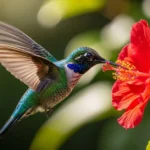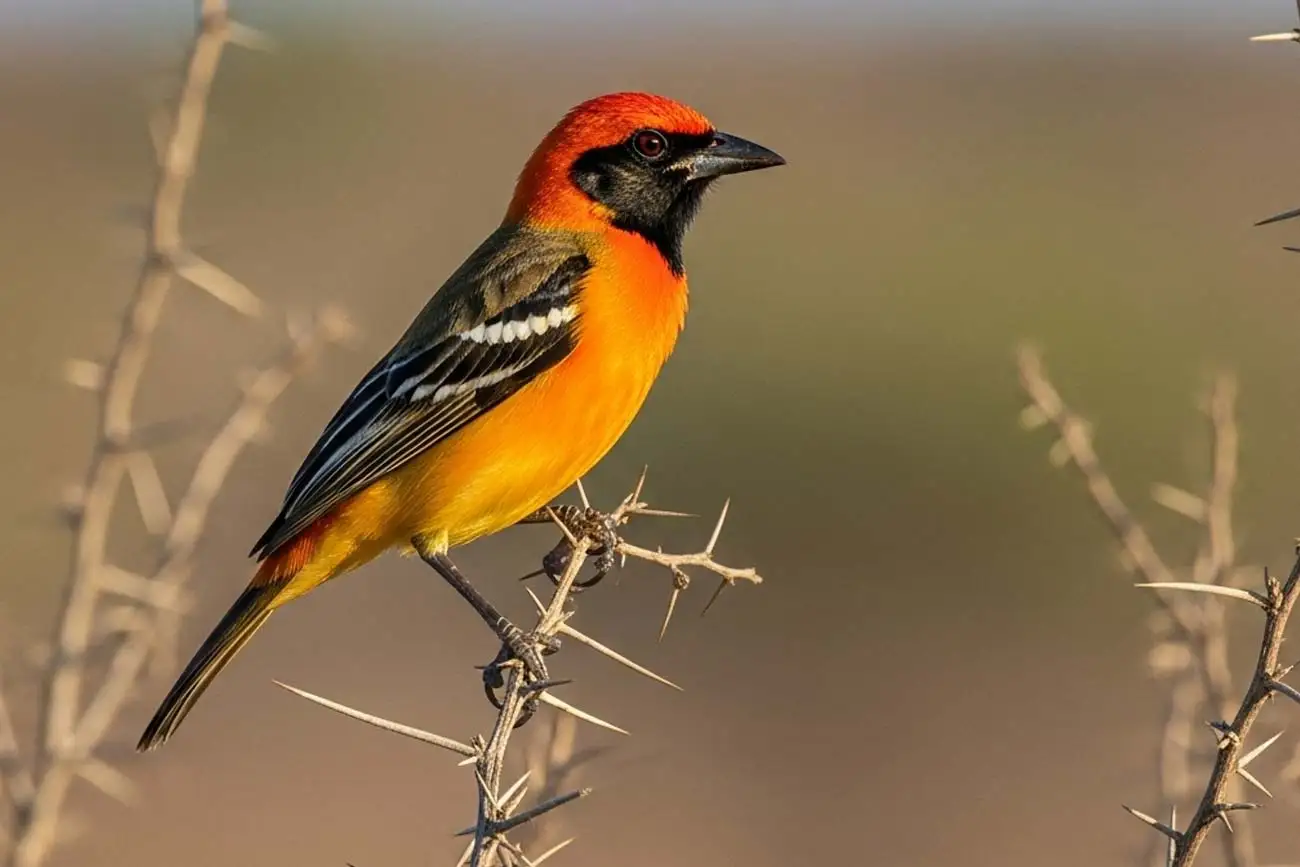
Yellow Oriole: Everything About This Incredible Bird
Imagine a bird that seems to have come straight out of a tropical painting: vibrant feathers in intense yellow, a striking song, and a presence that enchants any nature lover. This is the yellow oriole (Icterus jamacaii), one of the most fascinating birds in Brazil and a symbol of our fauna’s diversity.
Over the years, the yellow oriole has gained prominence for its beauty and also for its cultural connection with different regions of the country. However, despite its popularity, it is essential to understand that it is a wild animal, protected by law, and must live in freedom.
In this article, you will get to know the yellow oriole in depth: its history, curiosities, behavior, ecological importance, and the necessary care to ensure that this species continues to enchant generations. Furthermore, we will reflect on the difference between loving birds and trying to domesticate them, a crucial point for anyone who truly cares about the preservation of wildlife.
Discover why the yellow oriole can uniquely transform your life!
What is the yellow oriole?
The yellow oriole (Icterus jamacaii) is a bird belonging to the Icteridae family. Popularly known as “concriz” or “Sofreu” in some regions, it is easily recognized by its striking colors: yellow-orange body, black wings and tail, in addition to a melodious and very characteristic song.
This bird species is found mainly in the Brazilian Northeast, in regions of caatinga and semi-arid areas like the Araripe Manakin. Its diet is varied, consisting of fruits, insects, and nectar, making it an important ally in pollination and ecological balance.
Because it is a showy bird with a pleasant song, the yellow oriole has unfortunately been a frequent target of illegal capture for captivity. However, Brazilian legislation is clear: wild animals should not be removed from nature, and bird trafficking is an environmental crime.
Understanding the yellow oriole goes beyond the beauty of its feathers. It represents the richness of Brazilian biodiversity and the need to respect its natural habitat.
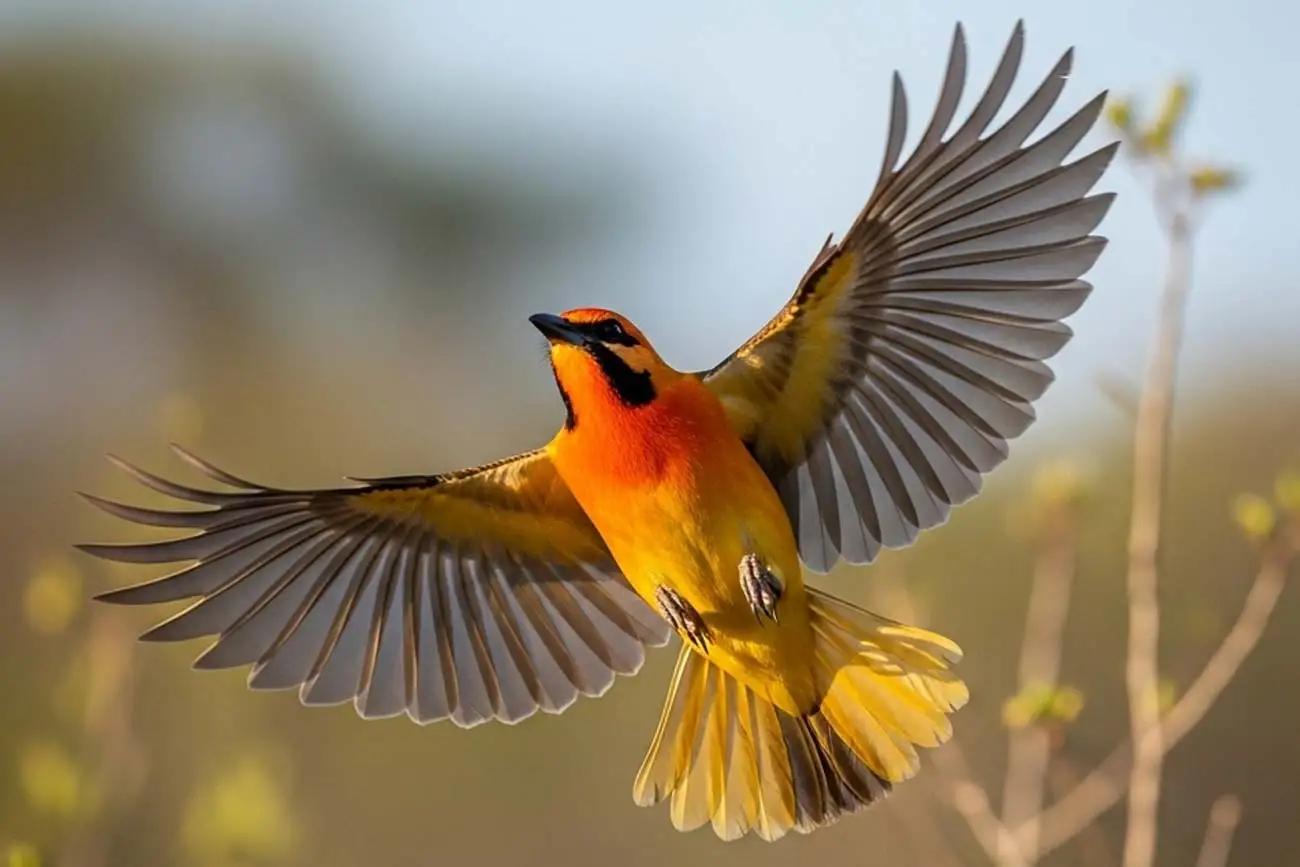
Surprising curiosities about the yellow oriole
Did you know that the yellow oriole is considered an excellent sound imitator? It can often reproduce whistles or even mimic the songs of other birds, which makes it even more special.
Another curiosity is its cultural relation: in many regions, it is mentioned in songs, poems, and even popular legends. This connection shows how wildlife is deeply connected to the cultural identity of the Brazilian people.
The oriole is also known for its intelligence. It usually builds well-elaborated pouch-shaped nests, hung from high branches and protected against predators. This behavior demonstrates its adaptability and care for its offspring.
Furthermore, there is a very interesting aspect: the intense coloration of its feathers is not just a charm of nature. This characteristic plays an important role in attracting mates during reproduction. In other words, the more vibrant the yellow, the better the bird’s chances of attracting a female.
Isn’t it incredible to see how nature expresses itself in such fascinating colors, sounds, and behaviors?
Why is it so special?
The yellow oriole is not just another pretty bird. It plays a fundamental role in the ecosystem’s balance, helping with seed dispersal and insect control. Without birds like this one, the biodiversity of the caatinga and other biomes would be seriously compromised.
Furthermore, its cultural symbolism makes it even more special. In many communities, the oriole’s song is associated with good energy and joy. Its presence is seen as a sign of nature’s vitality.
Another point that makes it unique is its resilience. Adapted to the dry climate of the Northeast, it can survive in conditions that many other birds would not withstand. This makes it a true icon of the resilience of Brazilian fauna.
Finally, the yellow oriole awakens feelings of admiration and responsibility. Admiring this bird in freedom is a way to reconnect with nature and remember the importance of protecting it.
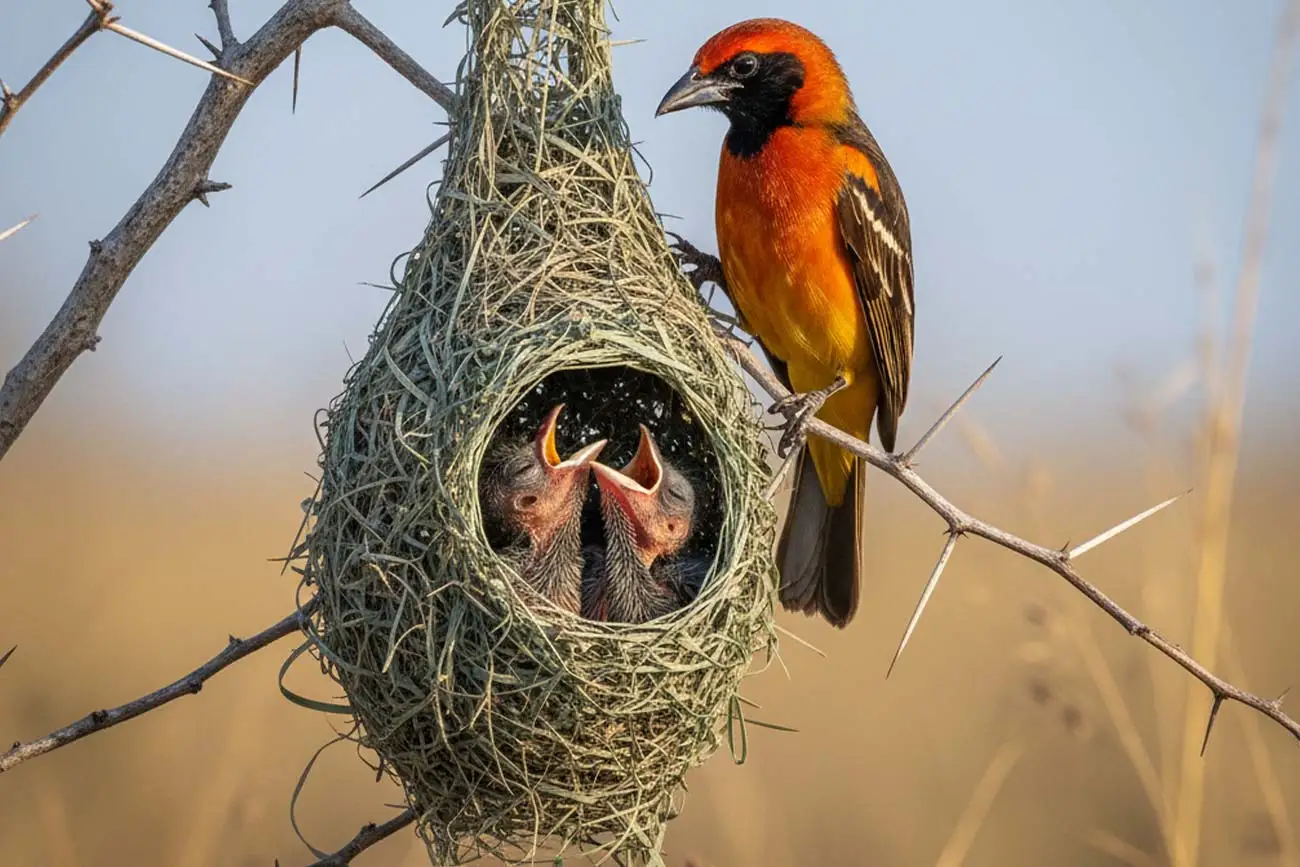
Challenges, care, and how to help
Unfortunately, the yellow oriole faces serious challenges. The main one is the trafficking of wild birds, which continues to be a threat to its survival. Many are cruelly removed from nature and kept in inadequate conditions, which causes suffering and reduces natural populations.
Another challenge is the destruction of habitats caused by deforestation and agricultural expansion. As they depend on trees for feeding and nesting, the loss of green areas directly impacts their reproduction.
But how can you help? There are several ways:
- Never buy wild birds. This practice fuels illegal trafficking.
- Support preservation projects. Many NGOs work to rescue, rehabilitate, and return birds to nature.
- Cultivate native plants in gardens and backyards, creating favorable environments for free birds.
- Educate others about the importance of respecting wildlife.
Every action counts. By protecting the yellow oriole, we are also protecting an entire ecosystem that depends on it.
Tips for lovers of exotic pets
When talking about exotic pets, we need to be very careful. Many people confuse wild animals with exotic animals, but there is an essential difference: while exotic animals are legally permitted species bred in ethical captivity (such as some reptiles and birds from other countries), Brazilian wild animals, like the yellow oriole, belong to nature and should not be domesticated.
If you are passionate about different animals, always choose legalized options, acquired with an invoice and from breeders registered with IBAMA. Furthermore, seek information about the specific care each species requires, always respecting their well-being.
Loving exotic pets responsibly is possible, and that means never confusing wildlife preservation with illegal ownership.
Wild animals are not pets
It is essential to reinforce: the yellow oriole is a wild animal. It was born to fly free, sing in flocks, and color nature. Attempts to keep it in captivity are not only illegal but also strip it of its essence.
Wild animals play unique roles in ecosystems. By removing them from nature, we unbalance food chains and harm other species that depend on this interaction.
The true way to love these birds is to respect their freedom and support their preservation. Visit parks, reserves, and birdwatching sanctuaries to contemplate them in their natural environment. This is the most enriching experience we can have.
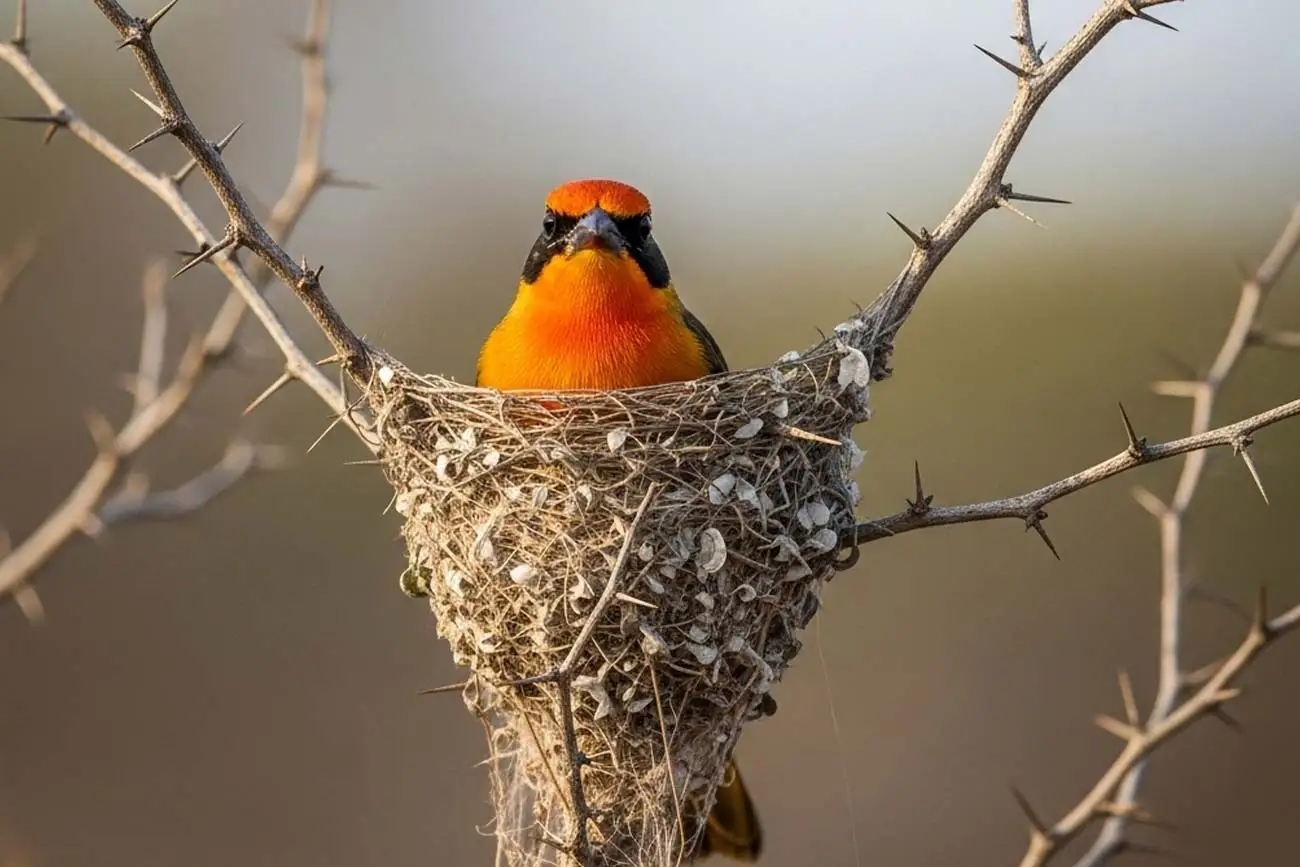
In summary
The yellow oriole is much more than a pretty bird: it is a symbol of Brazil’s natural and cultural wealth, a guardian of ecological balance, and an example of resilience. Knowing its history, its challenges, and its importance is an invitation to look at wildlife with more respect.
Loving birds means protecting them. And protecting the yellow oriole is protecting part of our country’s identity.
Share this article with other pet lovers and explore more content on Adore Pets!



